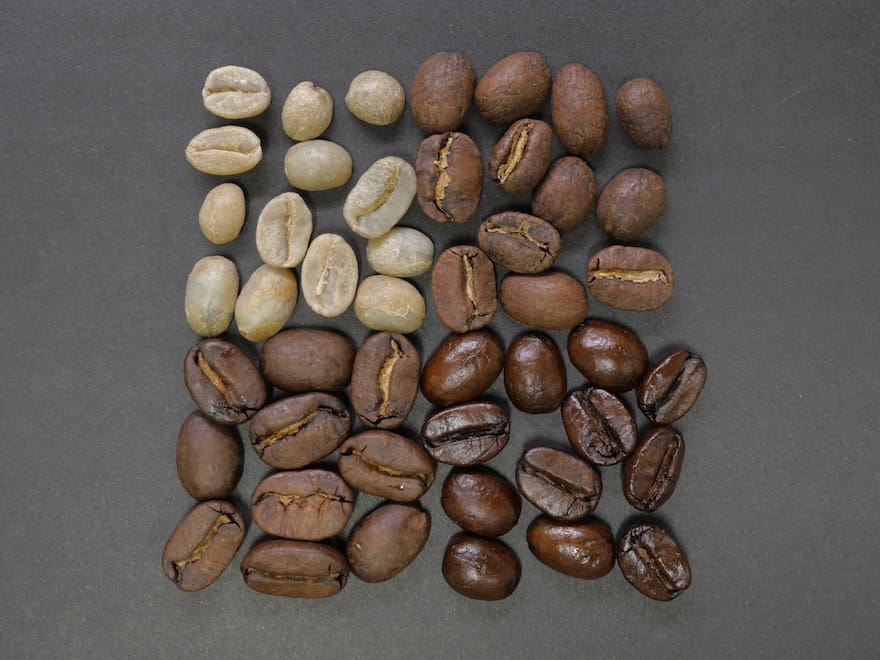Last Updated on December 20, 2023
The roast level significantly influences your coffee’s flavor, not just by darkening the beans but also through complex chemical changes that occur during roasting.
During the roasting process, coffee beans undergo a transformation. It alters their natural flavors, acidity, and overall body. These changes are a result of the Maillard reaction and caramelization, which develop the roasted beans’ flavors—ranging from light floral notes to deep, rich chocolatey tones.
Light Roast
Light-roasted coffees are known for their bright acidity and a higher level of complexity in flavor. They often exhibit floral or fruity notes, making them a delight for those who enjoy a more nuanced cup.
Medium Roast
Medium roasts strike a balance between the acidity of light roasts and the boldness of dark roasts. They are well-rounded, featuring a more balanced flavor, aroma, and acidity, often with caramel or nutty undertones.
Dark Roast
Dark-roasted coffees are bold and rich, often with a pronounced bitterness. They may have a smoky or chocolatey quality. Darker roasts appeal to those who prefer a hearty, robust cup.
How to Decide Which Roast is Right For You
If you enjoy delicate, nuanced flavors, a light roast is your go-to. For a balanced, versatile coffee, choose a medium roast. And if you crave intensity and boldness, a dark roast will satisfy your palate.

